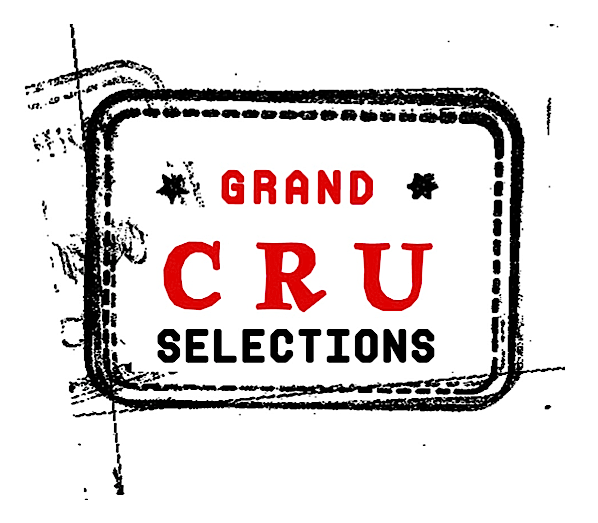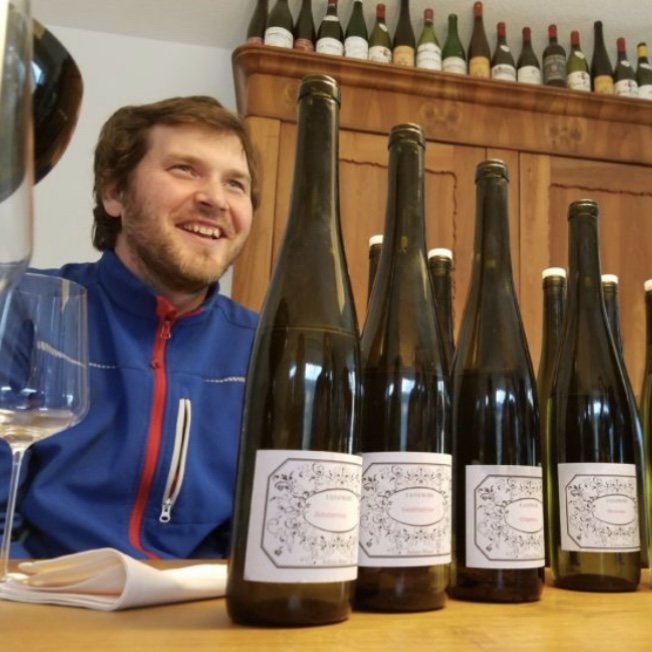Julien Haart
Mosel, Germany
Julian Haart
Photo Courtesy of vom Boden.
Julian’s first vintage under his own label was in 2010 and while only a few cases are released in the U.S. every year, he is earning a pretty serious following.
The overall style is clearly a type of Mosel-hommage to Keller. The wines showcase a glossy, super-pure fruit that shrieks across the palate with a pushing, sharply delineated acidity. Pulverized slate, polished to a fine dust, coats everything.
These are Moselle wines of consequence, well worth the perhaps difficult time you’ll have actually trying to find a bottle.
.-Stephen Bitterolf, vom Boden
-
In 2010 Julian’s purchased his first vineyard parcel, top center, in the grand cru site Ohligsberg, just downstream from the Goldtröpfchen The following year, he expanded the estate with two grand cru sites, the Goldtröpfchen and Schubertslay. The Goldtröpfchen parcel includes terraces established in the early 20th century and the Schuberstlay, one of the smallest single-vineyards in all of the Mosel with only about one hectare under vine, flaunts ungrafted vines around 100 years old. This is serious terroir. So serious, in fact, that as of vintage 2018 Julian has handed the Schubertslay vineyard over to one of his best friends, Klaus Peter Keller. This will be Keller’s first Mosel wine, which is a huge deal. In return, with vintage 2018, Julian will make a small amount of wine from Keller’s Frauenberg vineyard in the Rheinhessen.
Words courtesy of vom Boden.
-
-
The estate has grown to a little more than four hectares and this is, roughly, where Julian wants it to stay. Small enough for Julien and his wife Nadine, along with a few friends to keep vineyard work and winemaking at the most human scale. Nearly everything must be done by hand – due to the vineyard’s steep incline and most of them are terraced.
-
As with Lauer, it makes sense to speak of the “terroir wines” and the “Prädikat wines” as two distinct categories. The terroir wines are those that ferment naturally, finding their own balance that is nearly always dry tasting, though the wines might have a lil’ more sugar than would allow them to be legally called “Trocken,” or dry (vom Boden).

